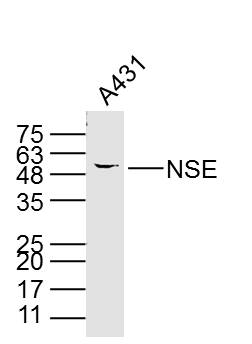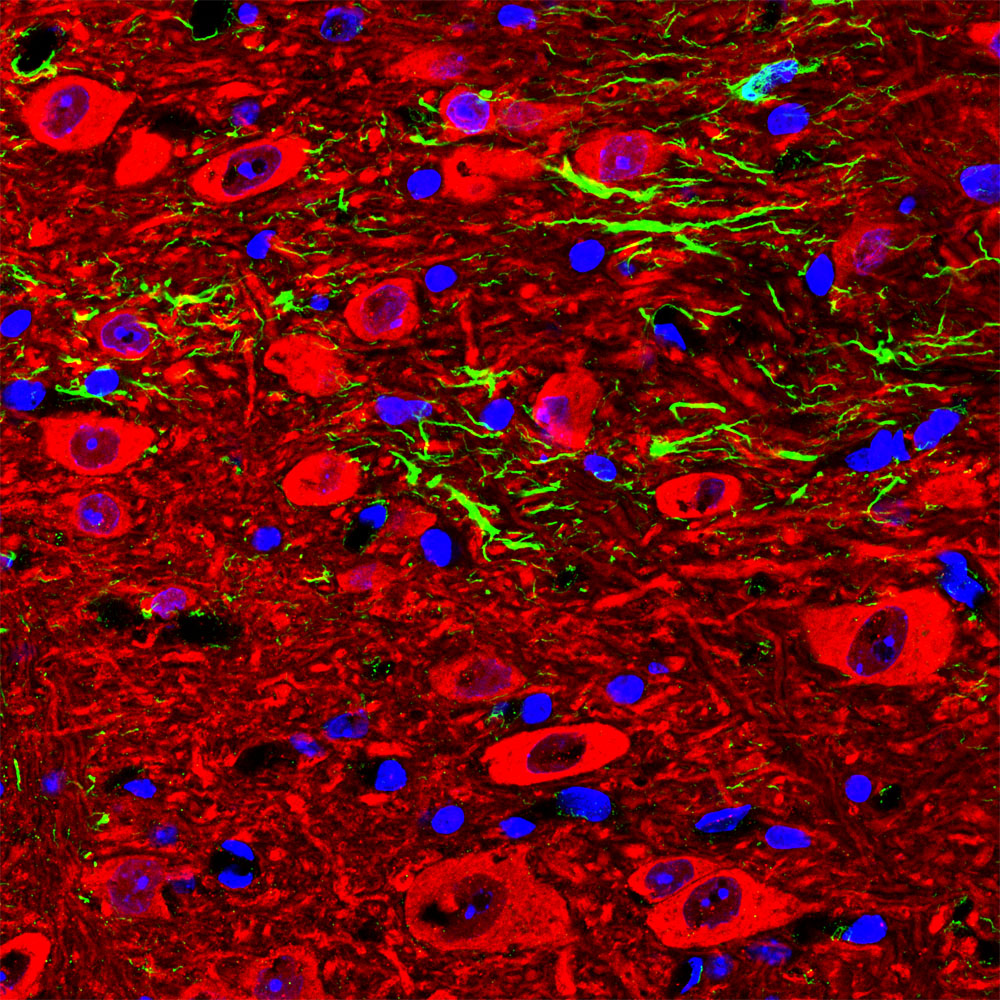NSE antibody [N1C1]
GTX101553
ApplicationsWestern Blot, ImmunoHistoChemistry, ImmunoHistoChemistry Frozen, ImmunoHistoChemistry Paraffin
Product group Antibodies
TargetENO2
Overview
- SupplierGeneTex
- Product NameNSE antibody [N1C1]
- Delivery Days Customer9
- Application Supplier NoteWB: 1:1000-1:10000. IHC-P: 1:100-1:1000. IHC-Fr: 1:100-1:1000. *Optimal dilutions/concentrations should be determined by the researcher.Not tested in other applications.
- ApplicationsWestern Blot, ImmunoHistoChemistry, ImmunoHistoChemistry Frozen, ImmunoHistoChemistry Paraffin
- CertificationResearch Use Only
- ClonalityPolyclonal
- Concentration0.13 mg/ml
- ConjugateUnconjugated
- Gene ID2026
- Target nameENO2
- Target descriptionenolase 2
- Target synonymsHEL-S-279, NSE, gamma-enolase, 2-phospho-D-glycerate hydro-lyase, 2-phospho-D-glycerate hydrolyase, enolase 2 (gamma, neuronal), epididymis secretory protein Li 279, neural enolase, neuron specific gamma enolase, neuron-specific enolase, neuronal enriched enolase, neurone-specific enolase
- HostRabbit
- IsotypeIgG
- Protein IDP09104
- Protein NameGamma-enolase
- Scientific DescriptionThis gene encodes one of the three enolase isoenzymes found in mammals. This isoenzyme, a homodimer, is found in mature neurons and cells of neuronal origin. A switch from alpha enolase to gamma enolase occurs in neural tissue during development in rats and primates. [provided by RefSeq]
- Storage Instruction-20°C or -80°C,2°C to 8°C
- UNSPSC12352203
References
- Ugun-Klusek A, Tatham MH, Elkharaz J, et al. Continued 26S proteasome dysfunction in mouse brain cortical neurons impairs autophagy and the Keap1-Nrf2 oxidative defence pathway. Cell Death Dis. 2017,8(1):e2531. doi: 10.1038/cddis.2016.443Read this paper
- Lin TP, Chang YT, Lee SY, et al. REST reduction is essential for hypoxia-induced neuroendocrine differentiation of prostate cancer cells by activating autophagy signaling. Oncotarget. 2016,7(18):26137-51. doi: 10.18632/oncotarget.8433Read this paper






